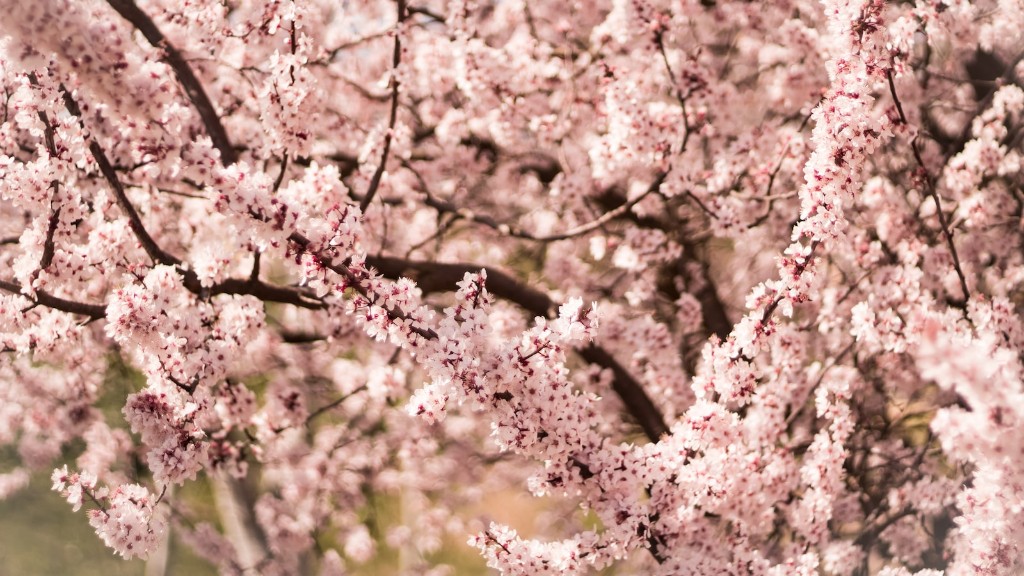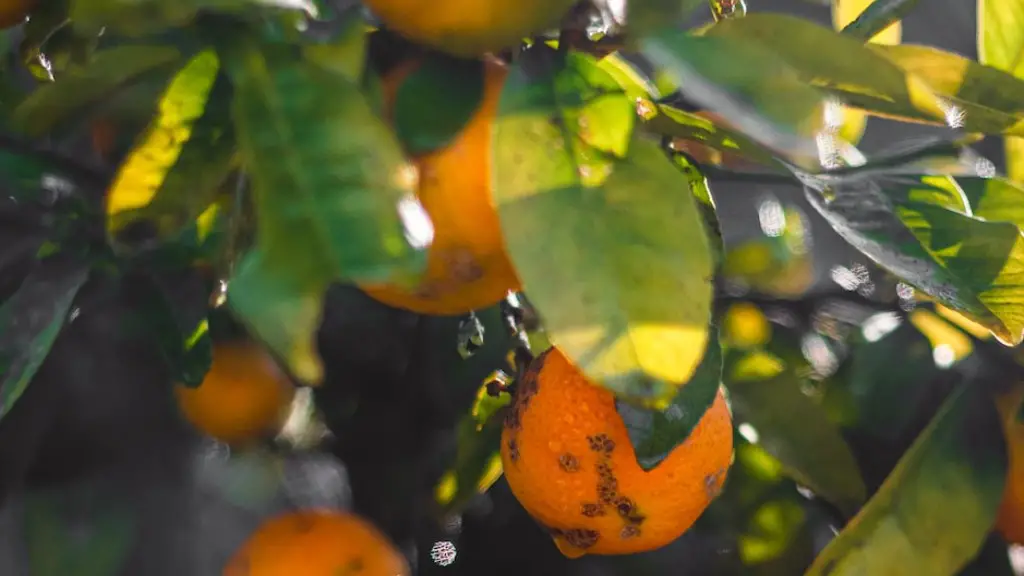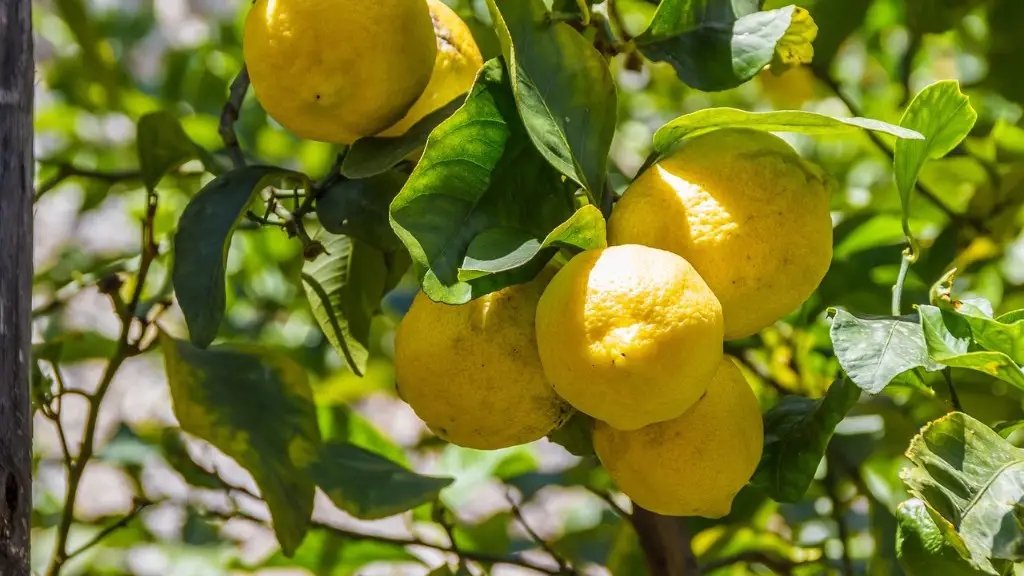Indoor palm trees are a popular option for adding a touch of nature to a room without having to invest in an outdoor space. Not only do they look great, but they are also surprisingly easy to care for. With just a bit of knowledge, you can keep your indoor palm tree healthy and thriving.
The first step in caring for your indoor palm tree is to determine the type of tree you have. There are a variety of indoor palm trees, including dwarf palm, palm green lady, bamboo palm, and fishtail palm. Knowing the specific type of tree you have will make it easier to determine how much light, water, and fertilizer it needs to stay healthy.
When it comes to light requirements for an indoor palm tree, most varieties require filtered sunlight. Direct sunlight can cause sunburn and can damage the leaves of the tree. In terms of water, indoor palm trees do not require as much water as outdoor varieties, and should only be watered when the top one to two inches of soil is dry. The frequency of watering will depend on the variety and the temperature of the room.
The other essential element to caring for an indoor palm tree is fertilizer. Indoor palm trees require a slow-release fertilizer that contains equal amounts of nitrogen, phosphorus, and potassium. Fertilizer should be applied in the spring, summer, and fall, at a rate recommended by the manufacturer.
As your indoor palm tree grows, it is important to prune it. Pruning helps to promote healthy growth, by removing dead or damaged leaves, while also keeping the tree looking neat and tidy. Removing older, shaded leaves will help to allow more light to reach the growing points of the tree.
In addition to these basic care instructions, it is important to be aware of potential problems that can arise with an indoor palm tree. The most common problems include brown tips, yellow leaves, and spider mite infestations. Brown tips are typically caused by over-watering, while yellow leaves can indicate that the tree is not receiving enough light. Spider mites can be a serious problem and are typically caused by dry air and lack of humidity. If you suspect a spider mite infestation, you may need to consult with a pest control expert.
Finally, if you are looking to add a dramatic touch to your indoor space, consider adding a Kentia or Phoenix Roebelenii palm tree. These tall, elegant palms can add a touch of class to any room. With just a bit of care and attention, you can keep your indoor palm tree looking great for many years.
Handling Stress and Shock
When caring for an indoor palm tree, it’s important to consider how to handle stress and shock. This can occur when the tree is moved, or when it is exposed to temperature changes. To reduce shock, move the tree slowly and gradually. This will give the tree time to adjust to changes in light, temperature, and humidity. Additionally, try to avoid changes in the location of the tree.
If the tree does become stressed, there are some things you can do to help it recover. Lowering the temperature in the room can help reduce the stress on the tree. Additionally, if the leaves appear wilted or yellow, increasing humidity with a humidifier can help the tree recover.
When it comes to moving an indoor palm tree, it’s important to remember to take into consideration its weight. Palms can be heavy and should always be moved with care to avoid injury. If you do need to transport the tree, use a sturdy trolley or cart with a flat surface.
Finally, it’s important to keep in mind that while indoor palm trees are not as fragile as other types of plants, they still need extra care and attention. Taking the time to understand the specific needs of your indoor palm tree will go a long way in ensuring it remains healthy and thriving.
Providing Good Fertilization
Fertilization is an important part of caring for any indoor palm tree. With the right amount of nutrients, an indoor palm tree can thrive indoors. To give your tree the nutrients it needs, it’s important to use a balanced fertilizer that contains equal parts nitrogen, phosphorus, and potassium.
When applying fertilizer, it’s important to not over-fertilize. Too much fertilizer can lead to burning or discoloring of the leaves. As a general rule, fertilizer should be applied every 6 weeks during the growing season (spring, summer, and fall). During the winter, when the tree is dormant, it’s best to wait until spring before fertilizing again.
Additionally, when fertilizing, it’s important to fertilize around the root ball, rather than on top of it. This helps to provide the roots with the nutrients they need, while also avoiding run-off from the fertilizer.
Finally, when purchasing fertilizer for your indoor palm tree, it’s important to look for one that is specifically formulated for palms. This will ensure that the fertilizer is balanced for the particular needs of your tree.
Using the Right Soil Mixture
Indoor palm trees require a specific type of soil in order to thrive. The ideal soil should be light, have a slightly acidic pH, and retain moisture. A good soil mixture for an indoor palm tree is a combination of equal parts peat moss, perlite, and potting soil.
It’s also important to make sure that the soil drains well. If the soil is too dense, the roots of the tree will not be able to get enough air and moisture, which can cause problems with root rot. To ensure good drainage, a sandy loam mix can be used, or a mix of one-third peat moss, one-third perlite, and one-third sand.
Lastly, it’s important to note that the soil for an indoor palm tree should be changed out every one to two years. This will help to ensure that the nutrients in the soil are not depleted, and the tree is getting the proper nutrition it needs to thrive.
Cleaning the Leaves
Dust can build up on the leaves of an indoor palm tree over time, which can interfere with photosynthesis and prevent the tree from expressing its full potential. To help keep the leaves of your tree clean, it’s best to use a soft cloth moistened with lukewarm water. Alternatively, a mixture of equal parts water and white vinegar can also be used.
It’s important to avoid using any harsher chemicals on the leaves of your tree, as they can damage the delicate foliage. Additionally, it’s important to avoid using a power washer or steam cleaning on the leaves, as this can damage the tree.
Finally, cleaning the leaves of your indoor palm tree is an important part of maintaining your tree’s health and vitality. With regular cleaning, your tree will be able to express its full potential and remain healthy.
Controlling Pests
Pests can be an issue for indoor palms. The two most common are scale insects and spider mites. Scale insects are small, hard-shelled bugs that feed on the sap from the tree’s leaves. Spider mites are tiny spiders that feed on the sap from the leaves and can cause yellowing of the foliage.
If you find either of these pests on your tree, it’s important to treat them quickly. The best way to control them is to use an insecticidal soap or neem oil. Both of these treatments will help kill the pests without harming the tree.
Pest control is an important part of keeping your indoor palm tree healthy. With just a bit of effort, you can keep pests at bay and ensure that your tree remains healthy and thriving.
Regular Inspections
In order to maintain your indoor palm tree’s health, it’s important to regularly inspect the tree for signs of distress or damage. Check the leaves for discoloration, spots, or wilting, as these can all be signs of a pest infestation or damage from over-watering or too much fertilizer. Additionally, inspect the trunk for signs of root rot, such as soft, slimy patches.
If any of these signs are present, it’s important to take action right away. If there is a pest infestation, treat it immediately with an insecticidal soap or neem oil. For root rot, try to reduce the amount of water the tree is receiving and increase the amount of air circulation around the root ball.
By regularly inspecting your indoor palm tree, you can ensure that any potential problems are dealt with quickly, before they become a major issue. With just a bit of effort, your indoor palm tree will remain healthy and thriving for many years.



